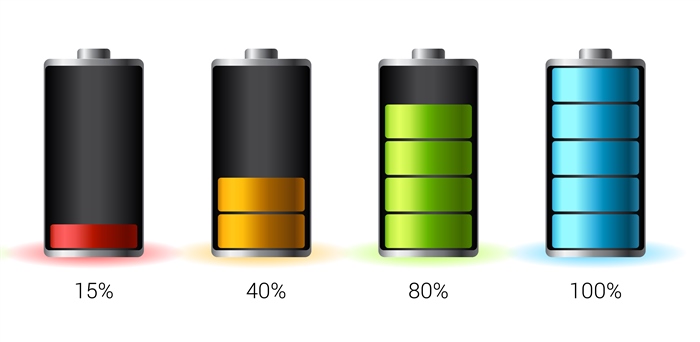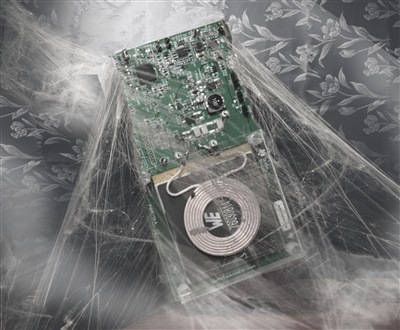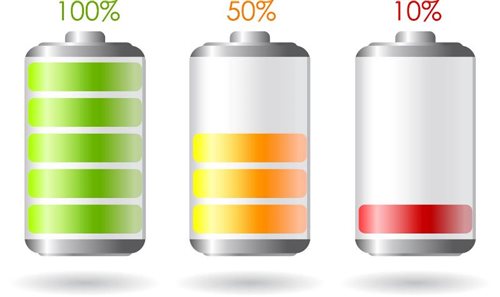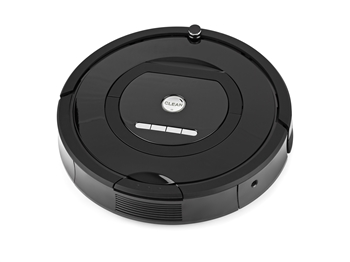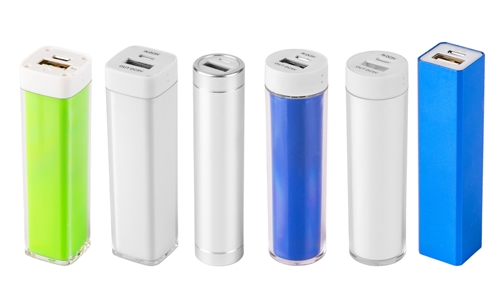Extended battery life is a common design requirement across a variety of applications. Whether it’s for toys or water meters, designers have various techniques at their disposal to improve battery life. In this post, I will illustrate one such technique that involves strategically bypassing a low dropout linear regulator (LDO).
Generating the rail
Using an LDO is a common…

